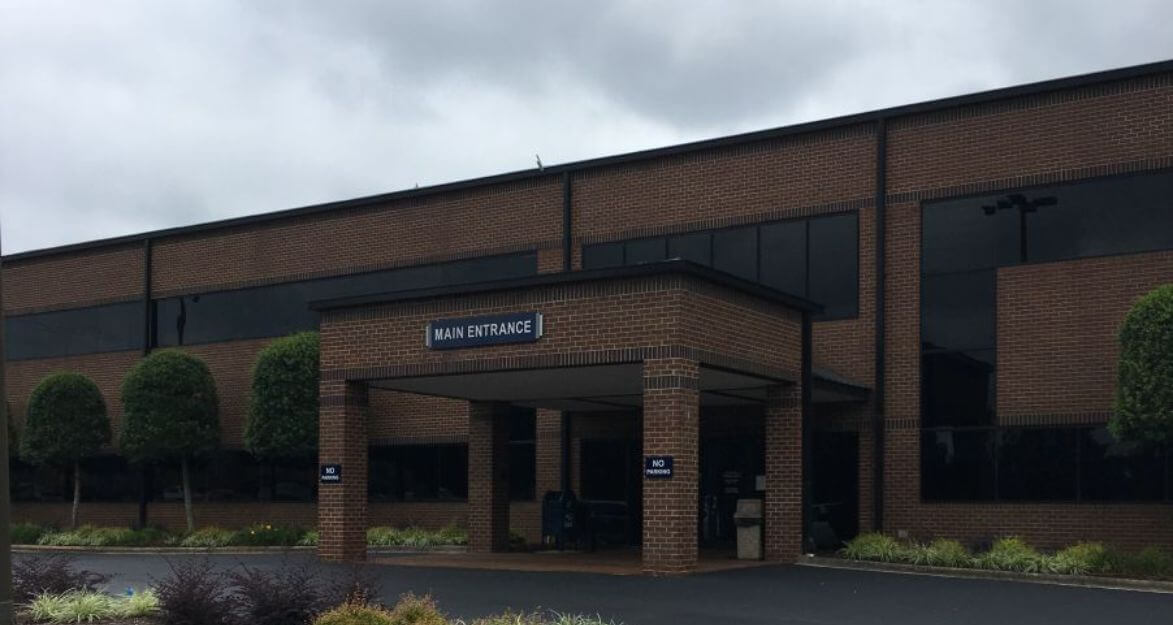Standard Excision
The procedure involves a dermatologist making a precise incision around the lesion to excise it completely, followed by suturing the area to promote optimal healing. The excised tissue is often sent to a laboratory for histopathological examination to ensure accurate diagnosis and to guide further treatment if necessary.
Patients opting for this procedure can anticipate a thorough approach to their dermatological issues. The primary objective is to ensure the complete removal of the lesion, which helps minimize the risk of recurrence. This method is highly effective and can be adapted to treat various skin conditions, offering patients a clear and straightforward treatment plan.
Moreover, the versatility and efficiency of a standard excision provide a swift resolution to skin health concerns. By addressing the problem comprehensively, patients not only achieve better skin health but also experience an enhancement in their overall well-being. The procedure can also contribute to improved cosmetic outcomes, boosting patient confidence and satisfaction.
Examples of Standard Excision
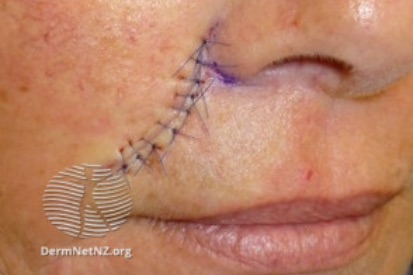
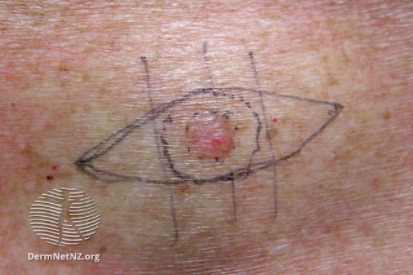
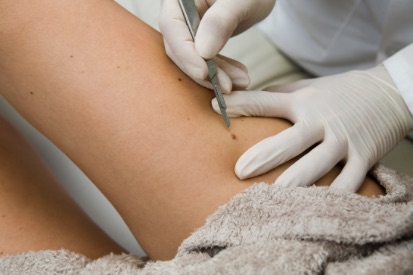
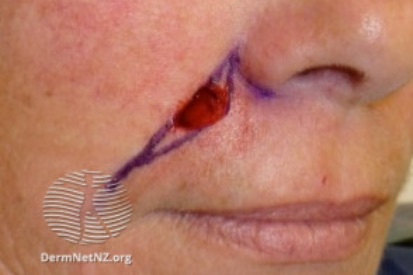
Standard Excision Explained
Before the excision, patients typically undergo a consultation with the dermatologist, during which the need for the procedure is discussed, and any potential risks or benefits are explained. The dermatologist may recommend excision if a skin lesion raises concerns about malignancy, or if it causes discomfort or cosmetic issues.
Benefits of Standard Excision
How Skin Surgery Center Can Help
By partnering with the Skin Surgery Center, you are guaranteed comprehensive and exceptional skin care when undergoing a standard excision procedure. Our extensive experience with this procedure allows us to effectively address your dermatological concerns while minimizing the risk of recurrence.
At the Skin Surgery Center, we begin with a thorough consultation to assess your specific condition, whether it's a suspicious mole, abnormal growth, or skin cancer. Our skilled surgeons use precise surgical techniques to excise the lesion, ensuring complete removal along with a margin of healthy tissue to prevent recurrence.
Our approach includes:
- Personalized Care: Each patient receives a tailored treatment plan based on their unique needs and medical history.
- Expertise and Precision: Our surgeons have extensive experience in performing standard excisions, ensuring the highest standards of care.
- Post-Operative Support: We provide detailed post-operative care instructions and are available to address any concerns during your recovery process.
By choosing the Skin Surgery Center, you benefit from our commitment to excellence in dermatological care. Schedule a consultation today to see how our standard excision procedure can effectively treat your skin concerns and promote long-term skin health.
Standard Excision FAQs
A dermatologist might recommend a standard excision for various reasons, primarily to remove skin lesions that could potentially be cancerous or cause other health issues. This surgical procedure involves cutting out the lesion along with a margin of healthy tissue to ensure complete removal. It is often used for treating skin cancers such as basal cell carcinoma, squamous cell carcinoma, and melanoma, as well as for removing suspicious moles, cysts, or other abnormal growths. Standard excision helps in preventing the spread of cancerous cells and allows for a thorough histopathological examination of the tissue to confirm the diagnosis and ensure clear margins.
Another reason for recommending a standard excision could be to address cosmetic or functional concerns. Lesions or growths on visible or sensitive areas, such as the face, can be unsightly or interfere with daily activities. Removing these through standard excision can improve the patient's appearance and quality of life. Additionally, this method ensures precise and controlled removal, reducing the risk of recurrence and promoting better healing compared to less invasive procedures like shave excision or cryotherapy. The choice of standard excision reflects the dermatologist's commitment to providing comprehensive care, balancing the need for thorough treatment with the patient's overall well-being.
A standard excision procedure itself is not typically painful because it is performed under local anesthesia, which numbs the area being treated. During the procedure, patients may feel pressure or a sensation of movement but should not experience pain. The dermatologist injects a local anesthetic to ensure that the entire area around the lesion is sufficiently numb before making any incisions. This process allows the patient to remain comfortable and pain-free throughout the surgery.
After the anesthesia wears off, it is normal to experience some discomfort, swelling, or tenderness at the excision site. However, this postoperative pain is generally mild and can be managed effectively with over-the-counter pain relievers like acetaminophen or ibuprofen. The dermatologist may also provide specific aftercare instructions, including keeping the area clean, applying prescribed ointments, and avoiding strenuous activities that could stress the wound. With proper care, the discomfort typically subsides within a few days, and most patients recover without significant pain or complications.
The duration of a standard excision procedure can vary depending on the size, location, and complexity of the lesion being removed. Generally, a standard excision takes between 30 minutes to an hour. This time frame includes preparing the area with local anesthesia, making the incision, carefully removing the lesion along with a margin of healthy tissue, and closing the wound with sutures. In some cases, particularly if the lesion is larger or located in a difficult-to-reach area, the procedure may take slightly longer.
Additionally, the time required for the procedure can be influenced by the need for precision and thoroughness. Ensuring clear margins—where no cancerous or abnormal cells are left behind—often requires meticulous work by the dermatologist. Post-excision, there may also be a brief period dedicated to dressing the wound and providing the patient with aftercare instructions. Overall, while the active part of the surgery is relatively short, the comprehensive care provided ensures both effective treatment and optimal healing outcomes.
After a standard excision, the removed tissue is typically sent to a pathology laboratory for examination. This process involves a histopathological analysis where the tissue is examined under a microscope by a pathologist. The primary goal is to determine whether the lesion is benign or malignant and to check for clear margins, meaning no cancerous cells are left at the edges of the removed tissue. This analysis is crucial for confirming the diagnosis, guiding further treatment decisions, and ensuring that the entire problematic area has been effectively removed.
The pathology report, generated after the examination, provides detailed information about the nature of the lesion. If the margins are not clear, indicating that cancerous cells are still present in the tissue surrounding the excision site, additional treatment such as a wider excision or other therapies may be necessary. This thorough analysis helps in creating an effective follow-up plan, ensuring that the patient receives the best possible care based on the specific characteristics of the excised tissue.
Yes, there will generally be some scarring after a standard excision, as it involves making an incision in the skin to remove a lesion. The extent and appearance of the scar can vary based on several factors, including the size and location of the excision, the skill of the surgeon, the patient's skin type, and how well the wound is cared for post-surgery. In many cases, dermatologists use meticulous suturing techniques to minimize scarring and ensure the best possible cosmetic outcome. Over time, the scar typically becomes less noticeable, often fading and flattening within a few months to a year.
Patients can also take steps to promote better healing and reduce the visibility of scars. Following the dermatologist's aftercare instructions is crucial, which may include keeping the wound clean and moist, protecting it from sun exposure, and possibly using silicone gel sheets or scar creams. Avoiding activities that could stretch or stress the scar area also helps in achieving a more favorable healing process. While some degree of scarring is inevitable, these measures can significantly improve the final appearance of the scar, making it less prominent over time.
Yes, there are several alternatives to standard excision for treating various skin conditions, depending on the type and severity of the lesion. For instance, cryotherapy, which involves freezing the lesion with liquid nitrogen, is often used for smaller, benign lesions like warts and actinic keratoses. Another option is curettage and electrodesiccation, where the lesion is scraped off and the area is treated with an electric current to destroy any remaining abnormal cells, commonly used for certain types of skin cancers.
Laser therapy is another alternative, particularly effective for treating vascular lesions, pigmented lesions, and some superficial skin cancers. It uses concentrated light to remove or destroy the targeted tissue. For pre-cancerous lesions or very early-stage skin cancers, topical treatments with medications like imiquimod or fluorouracil can be applied to stimulate the immune system to destroy abnormal cells. Photodynamic therapy, which combines a photosensitizing agent with light exposure, is another non-surgical approach that targets abnormal cells selectively. The choice of treatment depends on various factors, including the type of lesion, its size, location, and the patient's overall health and preferences. It's important to discuss these options with a dermatologist to determine the most appropriate and effective treatment plan.
What to Expect at Your Standard Excision Appointment
Post-excision, the dermatologist closes the wound using sutures or other methods based on size and location, providing patients with post-operative care instructions, including wound cleanliness and activity restrictions during healing.
How to Prepare for Standard Excision
Planning for Standard Excision Recovery
We will work with you to ensure proper recovery and are happy to answer any questions you have.
Featured Blogs
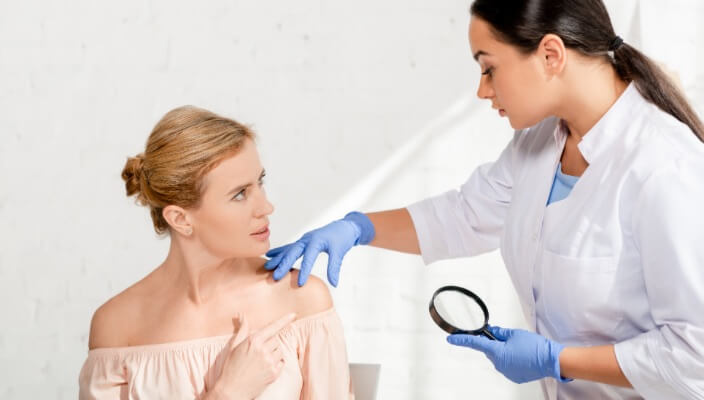
- Skin Cancer
- Skin Exams
Total Body Skin Exams (TBSEs) are crucial for healthy skin. Learn more about the importance of TBSEs and skin cancer detection.
Read More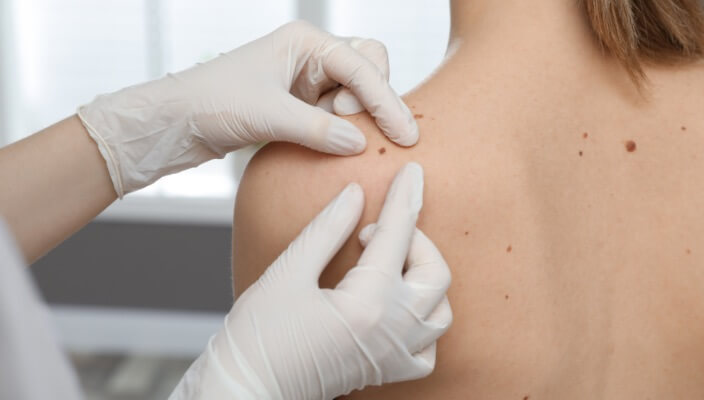
- Skin Cancer
- General Dermatology
- Chronic Skin Conditions
Learn more about the most common types of skin lesions we see at the Skin Surgery Center and how our dermatology providers remove them.
Read More
- Skin Cancer
- Sun Safety
Summer safety is more than just putting on sunscreen; many other factors to consider when keeping yourself and your children safe from damage and potential skin cancer.
Featured Products
Check your local office for current stock!
Check your local office for current stock!


